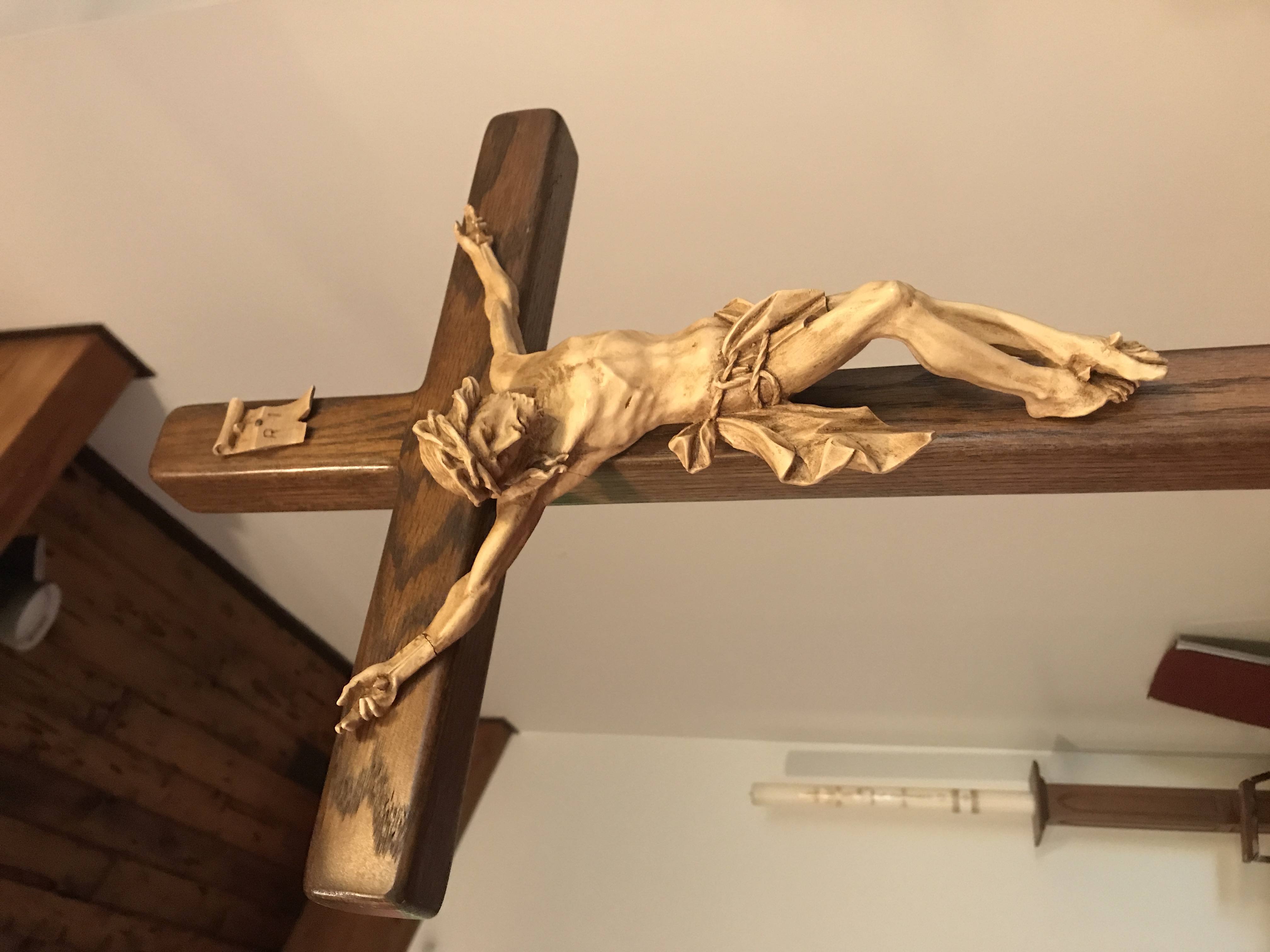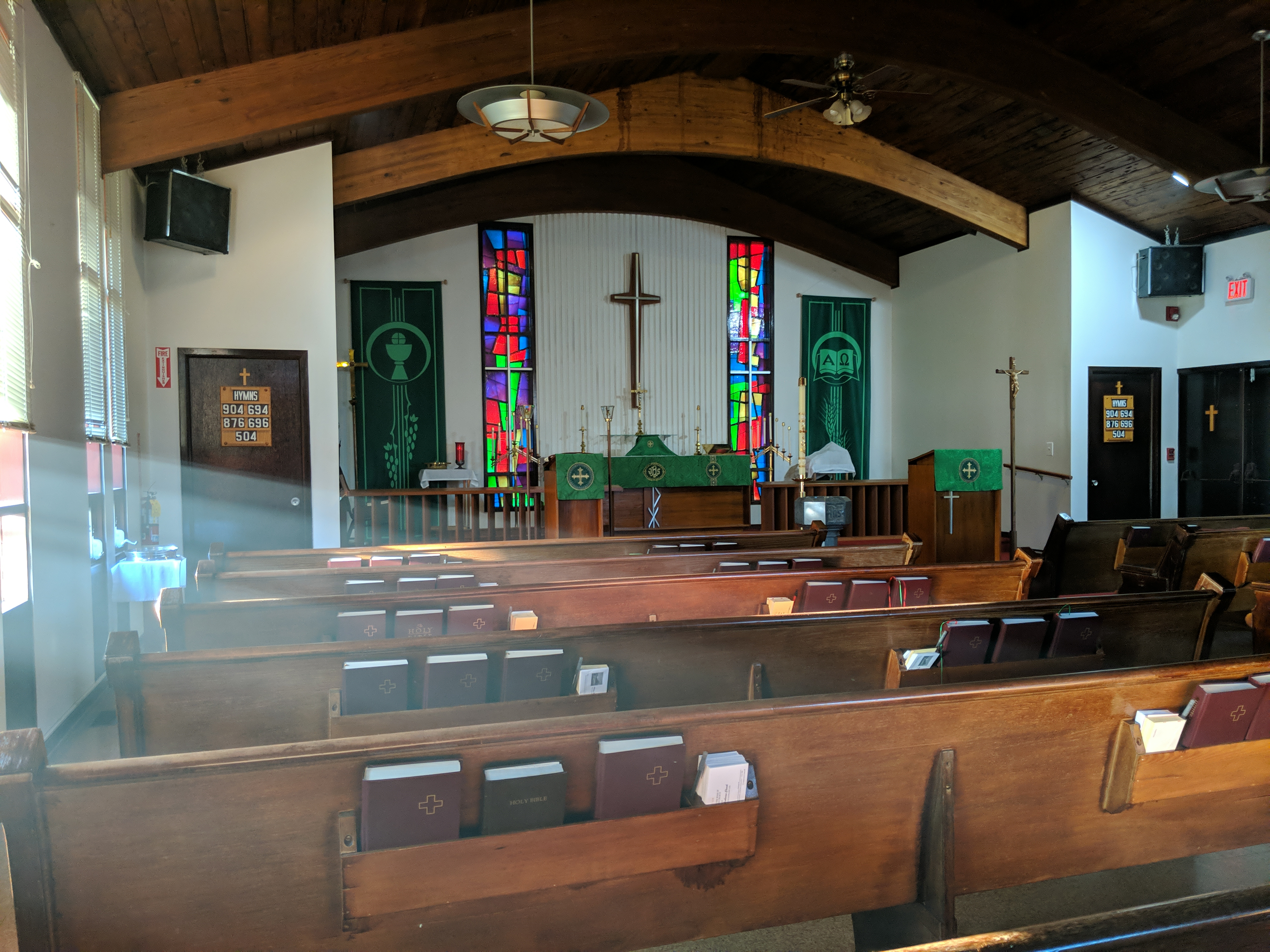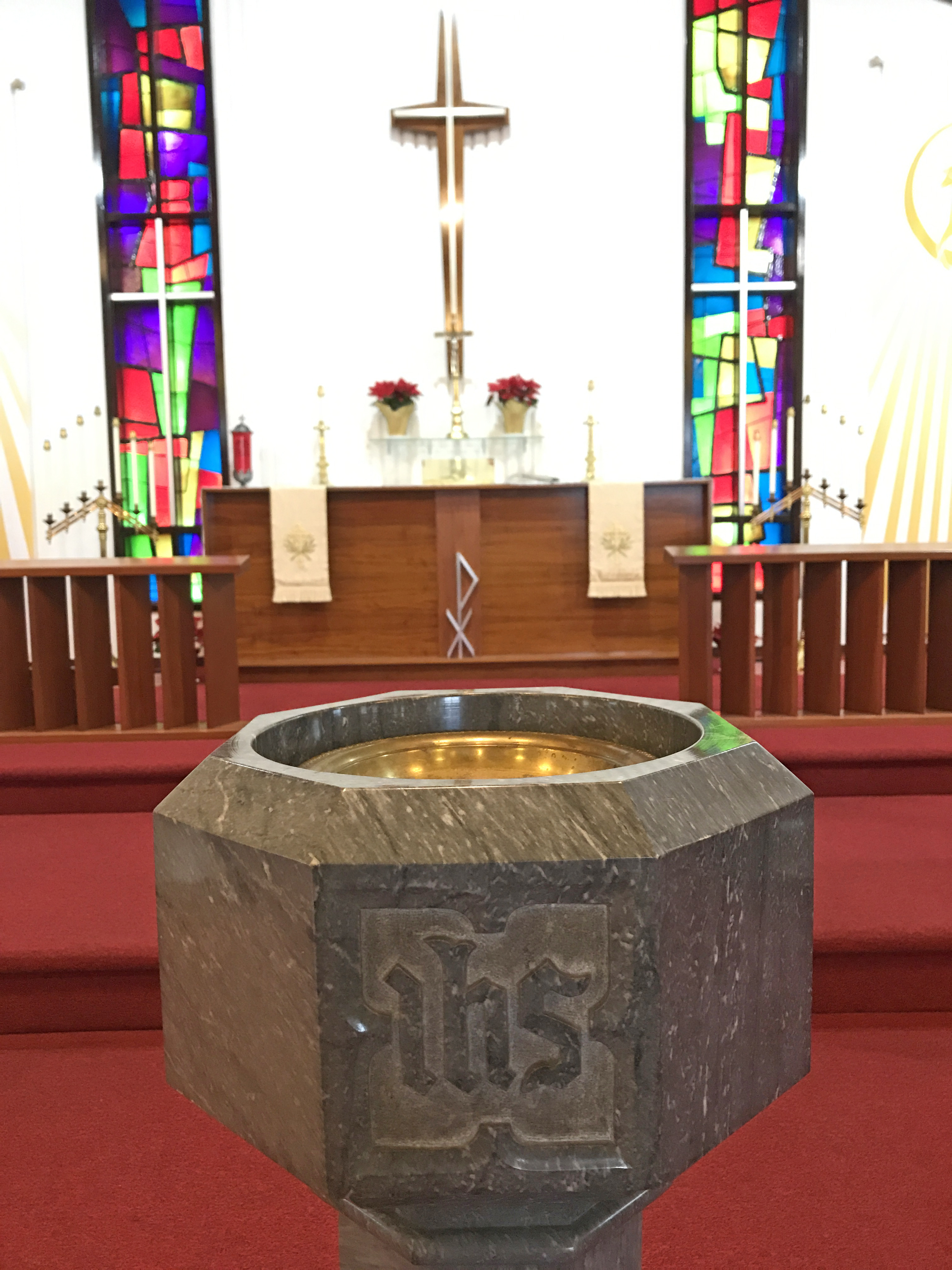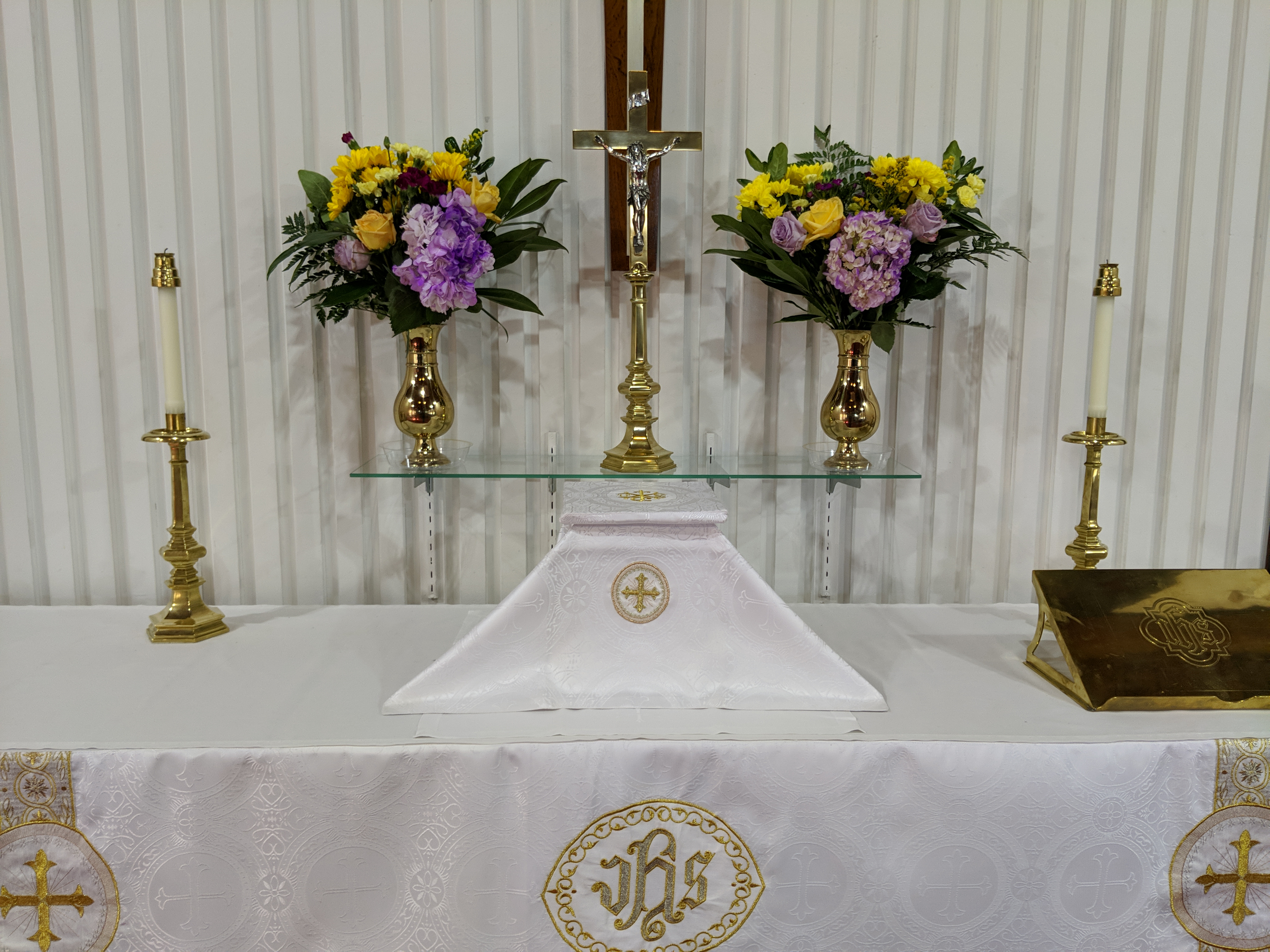(printed on bulletin insert on December 15, 2024)
The name “Ember Days” has nothing to do with how we commonly use the word ember in modern-day English, meaning hot-burning coals or remnants of a fire. The origin of the Church’s use of the word for these days comes from Old English Ymbrendaeg, which translated simply means recurring days. For the Church, these are quarterly sets of “Ember” days that are set aside every year with a focus on the Christian disciplines of prayer and fasting for the sake of godly preparation.
Ember Days happen four times per year on the Wednesday, Friday, and Saturday after:
✠ The first Sunday in Lent
✠ Whitsunday
✠ September 14
✠ December 13
We are about to encounter the first set of Ember Days for this Church year on the Wednesday, Friday, and Saturday following Gaudete. Those dates will be December 18, 20, and 21. You are encouraged, as we progress beyond the “Rejoice” Sunday and prepare ourselves for the celebration of the Nativity of Our Lord, to increase your prayer and fasting practices on those dates.
Fr. Pius Parsch gives this historical insight about Ember Days:
The observance of the Ember Days, a most venerable feature of the liturgical calendar, dates back to early Roman antiquity (they are older than Advent). … Originally the Ember Days were an occasion of thanksgiving for the three great harvests of wheat, grapes, and olives—all very meaningful nature symbols employed by the liturgy. In the Offertory procession the faithful brought tithes of the harvest to be used for the offering then and there, for the support of the Church, and for the poor.
These days also stress spiritual renewal. In the bustle of business and work, we too easily forget our future status. Therefore, during these four times of the year we should concentrate on God and scrutinize our spiritual condition. Lent is our annual retreat, while the Ember Days serve as quarterly check-ups. A grave and earnest mood comes over Mother Church, but there are no tears or mourning. Fasting is not so much an expression of penitence and sorrow as a joyous tithe to God, an incentive to almsgiving. …
As time passed, the Ember Days were assigned specific dates four times in the Church’s calendar, giving each of the Ember weeks a distinctive seasonal color. The December Ember Days, highly oriented toward Christmas, manifest a pronounced Advent character, more so than the ordinary weekdays. These Ember Days and the O-antiphons constitute our last major efforts in the work or preparing for the Savior’s coming.















Comments are closed, but trackbacks and pingbacks are open.